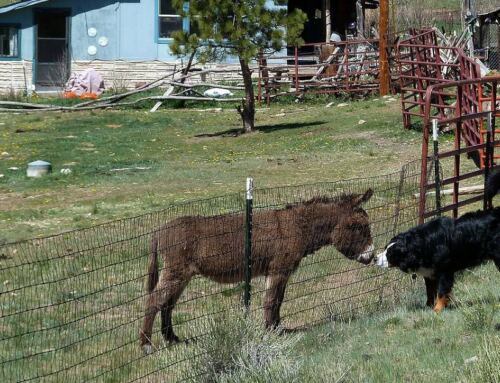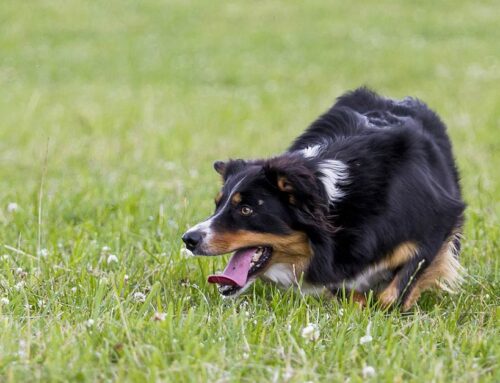 We have a long, rich history of folk healing. In modern times many of the remedies people still rely on either include or refer back to cures used before people understood the cause of disease. “Hair of the dog,” the term used to suggest that having a drink to help ease the effects of a hangover may go back to a time when the hair of the dog who bit a rabies sufferer was incorporated into the treatment. Folk healing survives not only because the people in need of healing are gullible, but also in part because many of the providers of the treatment believe in it themselves. And we know that belief is a powerful thing. Brains are impacted in numerous ways by the placebo effect. We also know that we have the very real inclination to see whatever it is we want to see, and why scientific studies factor that in when research is being gathered and attempt to eliminate it as a factor in the conclusions being reached.
We have a long, rich history of folk healing. In modern times many of the remedies people still rely on either include or refer back to cures used before people understood the cause of disease. “Hair of the dog,” the term used to suggest that having a drink to help ease the effects of a hangover may go back to a time when the hair of the dog who bit a rabies sufferer was incorporated into the treatment. Folk healing survives not only because the people in need of healing are gullible, but also in part because many of the providers of the treatment believe in it themselves. And we know that belief is a powerful thing. Brains are impacted in numerous ways by the placebo effect. We also know that we have the very real inclination to see whatever it is we want to see, and why scientific studies factor that in when research is being gathered and attempt to eliminate it as a factor in the conclusions being reached.
Dog training is replete with folk healers as well. We don’t have to look far for solutions to our dog’s behavior problems that include energy, force fields, faulty or unforgivably inaccurate declarations about the true nature of dogs and their “needs.” It is virtually impossible for someone without a background in animal behavior to know when they are buying a cure or snake oil. Whether it is because of an intent to deceive or the supplier’s actual belief that they are selling something of value, in the end it is the dog who pays the ultimate price when the cure is ineffective. Adding to the challenge of owners knowing whether they are being sold a “bill of goods” or not is the suave marketing of their product by the retailers. In the internet age it doesn’t take much for an idea to catch fire, and the association with an already established brand will increase the perceived worth of a product or method. Being hosted by National Geographic and heralded by Oprah provided Cesar Millan with a boost to meteoric fame. His theories on dog behavior were so far off the mark that they would be laughable if it wasn’t the dogs who weren’t getting the joke.
The sprinkling in of “truth” can make it difficult for even the savviest of consumers to know what they are buying. That providing a dog with the opportunity to exercise is a good idea and that the addition of it may improve not only the quality of a dog’s life but also their behavior, is not a reflection that the rest of the “alpha dog” prescription for dog training has merit. That a dog may learn a new desirable behavior without direct instruction from their owner does not mean that focusing on changing energy, or attempting to discover balance, are efficient ways to get the behaviors we need dogs to perform. By the time a pet owner consults with a trainer they usually needed the dog’s behavior to have changed yesterday. Messing around with remedies that might help is time consuming and potentially deadly. And I refer to both the use of folk training methods, however new age and trendy they may be, and the addition of dietary and other supplements to a dog’s environment.
Fearful dogs are vulnerable and at risk. It is up to us as their trainers to use methods that are both humane and effective. Create environments where a dog feels safe. It is the perceived threat to their safety, actual or not, that creates most of the inappropriate behaviors we see. Change what the appearance of the threat predicts. The fearful response to a scary object is faster than the speed of light traveling on nerves into the parts of the brain that think about making choices. We need to quickly and reliably add something to the picture that makes the dog feel good. This is what counterconditioning is all about. At the same time we give a dog skills. We teach them to do something. Not only is this what an owner so desperately needs, a dog who can do something other than the inappropriate behavior, but it is through positive reinforcement that we can take full advantage of the ability of a brain to change. Doing this effectively and efficiently is the magic we should be spending our time and money on.





